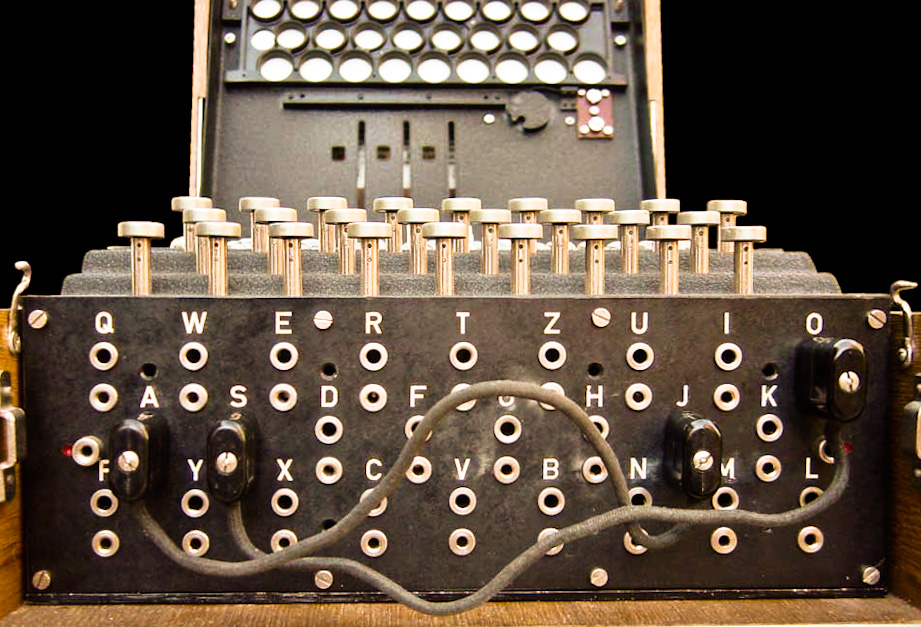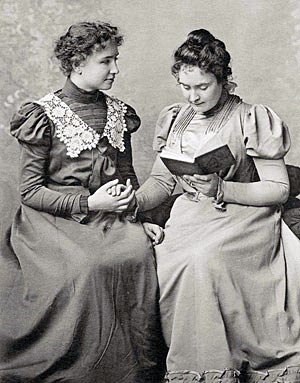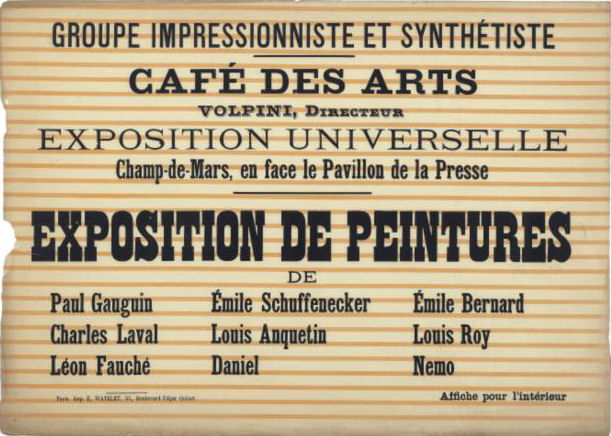|
Yrjö Ollila
Yrjö Aleksanteri Ollila (20 July 1887, Helsinki – 14 November 1932, Helsinki) was a Finnish Impressionist painter, designer and muralist. Biography Ollila's parents emigrated to America after the death of his older brothers, and the decorative painter, , became his guardian.Brief biography @ Teatterimuseo. From 1903 to 1906, he studied at the drawing school of the "Finnish Art Society" and later went to Paris on a state scholarship. In 1912, he joined "Septem-ryhmä" (The Septem Group), an association of French-influenced Impressionist artists that advocated the use of pure colors. Its other members included and |
Kontiolahti
Kontiolahti (; literally meaning "bear bay") is a municipalities of Finland, municipality in Finland. It is located in the North Karelia regions of Finland, region, about north of Joensuu. The municipality has a population of () and covers an area of of which is water. The population density is . Neighbouring municipalities are Joensuu, Juuka, Lieksa, Liperi and Polvijärvi. The municipality is unilingually Finnish language, Finnish. The coat of arms of the municipality is a canting arms; the log driving pike pole, which the bear carries in the picture, refers to the importance of forestry in the region's economy. The coat of arms was designed by Aarno Liuksiala and approved by the Kontiolahti Municipal Council at its meeting on December 8, 1952. The coat of arms was approved for use by the Ministry of the Interior (Finland), Ministry of the Interior on February 27, 1953. Kontiolahti hosted the Biathlon World Championships in Biathlon World Championships 1990, 1990, Biathlon W ... [...More Info...] [...Related Items...] OR: [Wikipedia] [Google] [Baidu] |
Impressionist Artists
Impressionism was a 19th-century art movement characterized by visible brush strokes, open Composition (visual arts), composition, emphasis on accurate depiction of light in its changing qualities (often accentuating the effects of the passage of time), ordinary subject matter, unusual visual angles, and inclusion of movement as a crucial element of human perception and experience. Impressionism originated with a group of Paris-based artists whose independent exhibitions brought them to prominence during the 1870s and 1880s. The Impressionists faced harsh opposition from the conventional art community in France. The name of the style derives from the title of a Claude Monet work, ''Impression, soleil levant'' (''Impression, Sunrise''), which provoked the critic Louis Leroy to coin the term in a Satire, satirical 1874 review of the First Impressionist Exhibition published in the Parisian newspaper ''Le Charivari''. The development of Impressionism in the visual arts was soon foll ... [...More Info...] [...Related Items...] OR: [Wikipedia] [Google] [Baidu] |
Artists From Helsinki
An artist is a person engaged in an activity related to creating art, practicing the arts, or demonstrating the work of art. The most common usage (in both everyday speech and academic discourse) refers to a practitioner in the visual arts only. However, the term is also often used in the entertainment business to refer to actors, musicians, singers, dancers and other performers, in which they are known as ''Artiste'' instead. ''Artiste'' (French) is a variant used in English in this context, but this use has become rare. The use of the term "artist" to describe writers is valid, but less common, and mostly restricted to contexts such as critics' reviews; "author" is generally used instead. Dictionary definitions The ''Oxford English Dictionary'' defines the older, broader meanings of the word "artist": * A learned person or Master of Arts * One who pursues a practical science, traditionally medicine, astrology, alchemy, chemistry * A follower of a pursuit in which skill co ... [...More Info...] [...Related Items...] OR: [Wikipedia] [Google] [Baidu] |
1932 Deaths
Events January * January 4 – The British authorities in India arrest and intern Mahatma Gandhi and Vallabhbhai Patel. * January 9 – Sakuradamon Incident (1932), Sakuradamon Incident: Korean nationalist Lee Bong-chang fails in his effort to assassinate Emperor Hirohito of Japan. The Kuomintang's official newspaper runs an editorial expressing regret that the attempt failed, which is used by the Japanese as a pretext to attack Shanghai later in the month. * January 22 – The 1932 Salvadoran peasant uprising begins; it is suppressed by the government of Maximiliano Hernández Martínez. * January 24 – Marshal Pietro Badoglio declares the end of Libyan resistance. * January 26 – British submarine aircraft carrier sinks with the loss of all 60 onboard on exercise in Lyme Bay in the English Channel. * January 28 – January 28 incident: Conflict between Japan and China in Shanghai. * January 31 – Japanese warships arrive in Nanking. February * February 2 ** A general ... [...More Info...] [...Related Items...] OR: [Wikipedia] [Google] [Baidu] |
1887 Births
Events January * January 11 – Louis Pasteur's anti- rabies treatment is defended in the Académie Nationale de Médecine, by Dr. Joseph Grancher. * January 20 ** The United States Senate allows the United States Navy to lease Pearl Harbor as a naval base. ** British emigrant ship '' Kapunda'' sinks after a collision off the coast of Brazil, killing 303 with only 16 survivors. * January 21 ** The Amateur Athletic Union (AAU) is formed in the United States. ** Brisbane receives a one-day rainfall of (a record for any Australian capital city). * January 24 – Battle of Dogali: Abyssinian troops defeat the Italians. * January 28 ** In a snowstorm at Fort Keogh, Montana, the largest snowflakes on record are reported. They are wide and thick. ** Construction work begins on the foundations of the Eiffel Tower in Paris, France. February * February 2 – The first Groundhog Day is observed in Punxsutawney, Pennsylvania. * February 4 – The Interstate Comme ... [...More Info...] [...Related Items...] OR: [Wikipedia] [Google] [Baidu] |
Hietaniemi Cemetery
The Hietaniemi cemetery (, ) is located mainly in the Lapinlahti quarter and partly in the Etu-Töölö district of Helsinki, the capital of Finland. It is the location for Finnish state funeral services and is owned by the Evangelical Lutheran Church of Finland. Established in 1829, the cemetery includes a large military cemetery section for soldiers from the capital fallen in the wars against the Soviet Union and Nazi Germany: in the Winter War (1939–1940), the Continuation War (1941–1944) and the Lapland War (1944–1945). In the centre of the military cemetery are the tombs of the unknown soldier and Marshal C. G. E. Mannerheim, commander-in-chief of the Finnish Defence Forces during World War II, and the sixth president of Finland (1944–1946). Other notable sections of the cemetery are the cemetery of the Finnish Guard, the Artist's Hill and the Statesmen's Grove. There are two Lutheran funerary chapels and a crematorium at the area. ''Hietaniemi ... [...More Info...] [...Related Items...] OR: [Wikipedia] [Google] [Baidu] |
Finnish National Theatre
The Finnish National Theatre (), established in 1872, is a theatre located in central Helsinki on the northern side of the Helsinki Central Railway Station Square. The Finnish National Theatre is the oldest Finnish speaking professional theatre in Finland. It was known as the Finnish Theatre until 1902, when it was renamed the Finnish National Theatre. For the first thirty years of its existence, the theatre functioned primarily as a touring company. The theatre did not acquire a permanent home until 1902, when a purpose-built structure was erected in the heart of Helsinki, adjacent to the city's main railway station. The building hosting the Finnish National Theatre today was completed in 1902 and designed by architect Onni Tarjanne in the National Romantic style, inspired by romantic nationalism. The theatre still operates in these premises today, and over the years the building has expanded from its original size to encompass another three permanent stages. In addition to ... [...More Info...] [...Related Items...] OR: [Wikipedia] [Google] [Baidu] |
Post-Impressionism
Post-Impressionism (also spelled Postimpressionism) was a predominantly French art movement that developed roughly between 1886 and 1905, from the last Impressionist exhibition to the birth of Fauvism. Post-Impressionism emerged as a reaction against Impressionists' concern for the naturalistic depiction of light and colour. Its broad emphasis on abstract qualities or symbolic content means Post-Impressionism encompasses Les Nabis, Neo-Impressionism, Symbolism, Cloisonnism, the Pont-Aven School, and Synthetism, along with some later Impressionists' work. The movement's principal artists were Paul Cézanne (known as the father of Post-Impressionism), Paul Gauguin, Vincent van Gogh and Georges Seurat. The term Post-Impressionism was first used by art critic Roger Fry in 1906.Peter Morrin, Judith Zilczer, William C. Agee, ''The Advent of Modernism. Post-Impressionism and North American Art, 1900-1918'', High Museum of Art, 1986 Critic Frank Rutter in a review of the Salon ... [...More Info...] [...Related Items...] OR: [Wikipedia] [Google] [Baidu] |
Crucifixion
Crucifixion is a method of capital punishment in which the condemned is tied or nailed to a large wooden cross, beam or stake and left to hang until eventual death. It was used as a punishment by the Achaemenid Empire, Persians, Ancient Carthage, Carthaginians, and Roman Empire, Romans, among others. Crucifixion has been used in some countries as recently as the 21st century. The crucifixion of Jesus is central to Christianity and the Christian cross, cross (in Catholic Church, Roman Catholicism usually crucifix, depicted with Jesus nailed to it) is Christianity's preeminent religious symbol. His death is the most prominent example of crucifixion in history, which in turn has led many cultures in the modern world to associate the execution method closely with Jesus and with Christian spirituality. Other figures in Christianity are traditionally believed to have undergone crucifixion as well, including Saint Peter, who was crucified upside-down, and Andrew the Apostle, Saint Andr ... [...More Info...] [...Related Items...] OR: [Wikipedia] [Google] [Baidu] |
Helsinki
Helsinki () is the Capital city, capital and most populous List of cities and towns in Finland, city in Finland. It is on the shore of the Gulf of Finland and is the seat of southern Finland's Uusimaa region. About people live in the municipality, with million in the Helsinki capital region, capital region and million in the Helsinki metropolitan area, metropolitan area. As the most populous List of urban areas in Finland by population, urban area in Finland, it is the country's most significant centre for politics, education, finance, culture, and research. Helsinki is north of Tallinn, Estonia, east of Stockholm, Sweden, and west of Saint Petersburg, Russia. Helsinki has significant History of Helsinki, historical connections with these three cities. Together with the cities of Espoo, Vantaa and Kauniainen—and surrounding commuter towns, including the neighbouring municipality of Sipoo to the east—Helsinki forms a Helsinki metropolitan area, metropolitan are ... [...More Info...] [...Related Items...] OR: [Wikipedia] [Google] [Baidu] |







